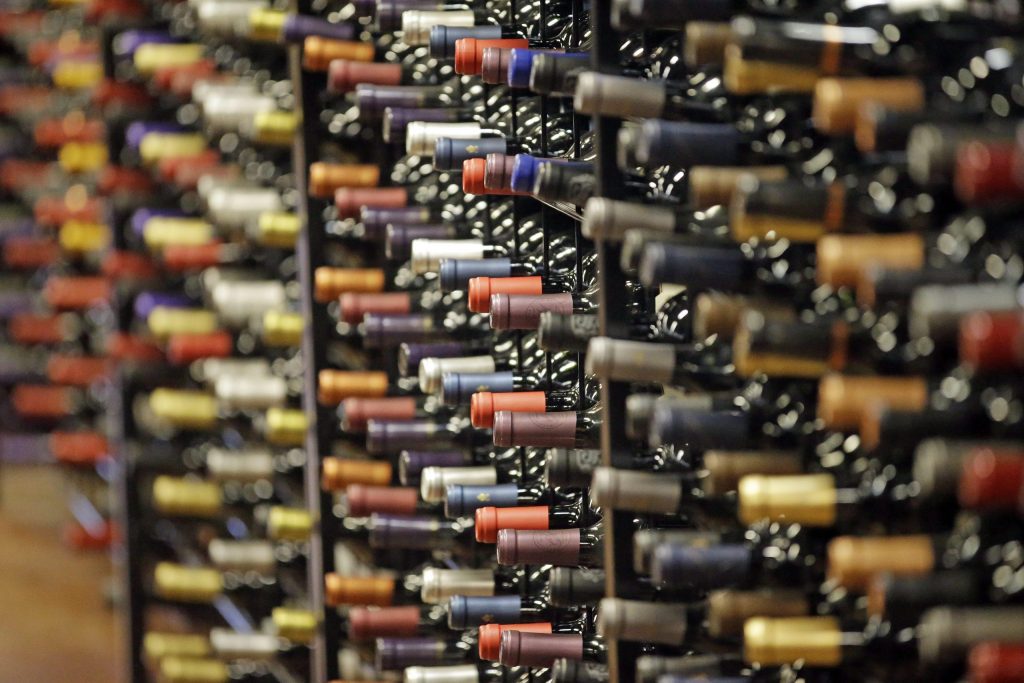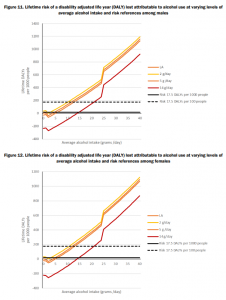1 drink a day means higher risk of heart disease, stroke, cancer: Report

Posted August 30, 2022 6:05 am.
New analysis suggests the number of daily alcoholic drinks thought to be safe — and perhaps even healthy — is actually the number that individuals should be having per week in order to avoid raising the risk of serious illness.
A recent report from the Canadian Centre of Substance Use and Addiction (CCSA) highlights the many health risks associated with consuming just one alcoholic drink a day. The national health advisory group’s report recommends a person drink an average of zero to two drinks per week to reduce the possibility of suffering negative outcomes to their health.
“Although there are limitations to the modelling strategy, the presented risk estimates provide the most up-to-date knowledge on the risk relationship between alcohol consumption and health loss in Canada,” reads the report.
“Alcohol use risk thresholds should ideally be set between 4 and 11 grams per day (28 to 77 grams per week) for males and females in Canada.”
In North America, the typical alcoholic beverage (a beer, an average glass of wine, a cocktail) contains approximately 14 grams of alcohol. One drink per day would work out to 98 grams of consumption per week.
The report suggests more than six drinks a week (84 grams of alcohol) puts an individual at high risk of developing significant health issues.

Source: Canadian Centre on Substance Use and Addiction (CCSA)
A previous report published in 2011, suggested males drink no more than 15 standard drinks a week and females consume no more than 10 standard drinks a week.
“The present analysis suggests that these thresholds are not consistent with the evidence and acceptable risk thresholds,” reads the report. “People who used these guidelines as a marker of risk may have experienced substantially more harm than originally hypothesized.”
The group is recommending mandatory labelling of alcoholic drinks that would display safe portion sizes. Dr. Catherine Paradis, interim associate director of research at the CCSA, tells the Globe and Mail the suggested labeling would aim to show people exactly how much alcohol they are consuming — similar to calories and other nutritional values on food packaging.
“It was not so much for the label to work or not, but that if you want to count your drinks, you need to know how many drinks or how many standard drinks there are in a specific alcohol container,” Paradis teel the Globe.
The CCSA was created in 1988 and advised the federal government on substance use and solutions to address alcohol and drug abuse.








